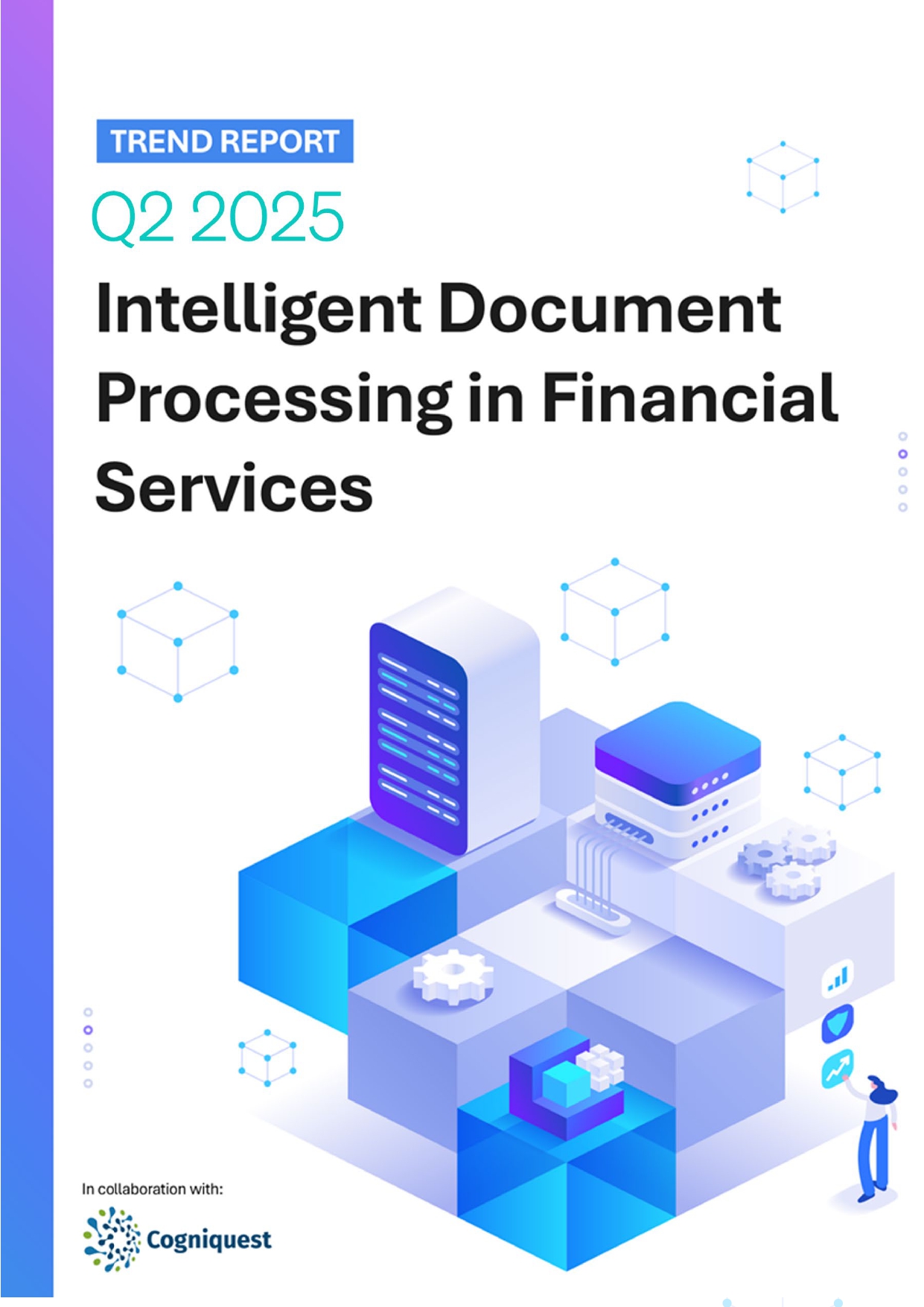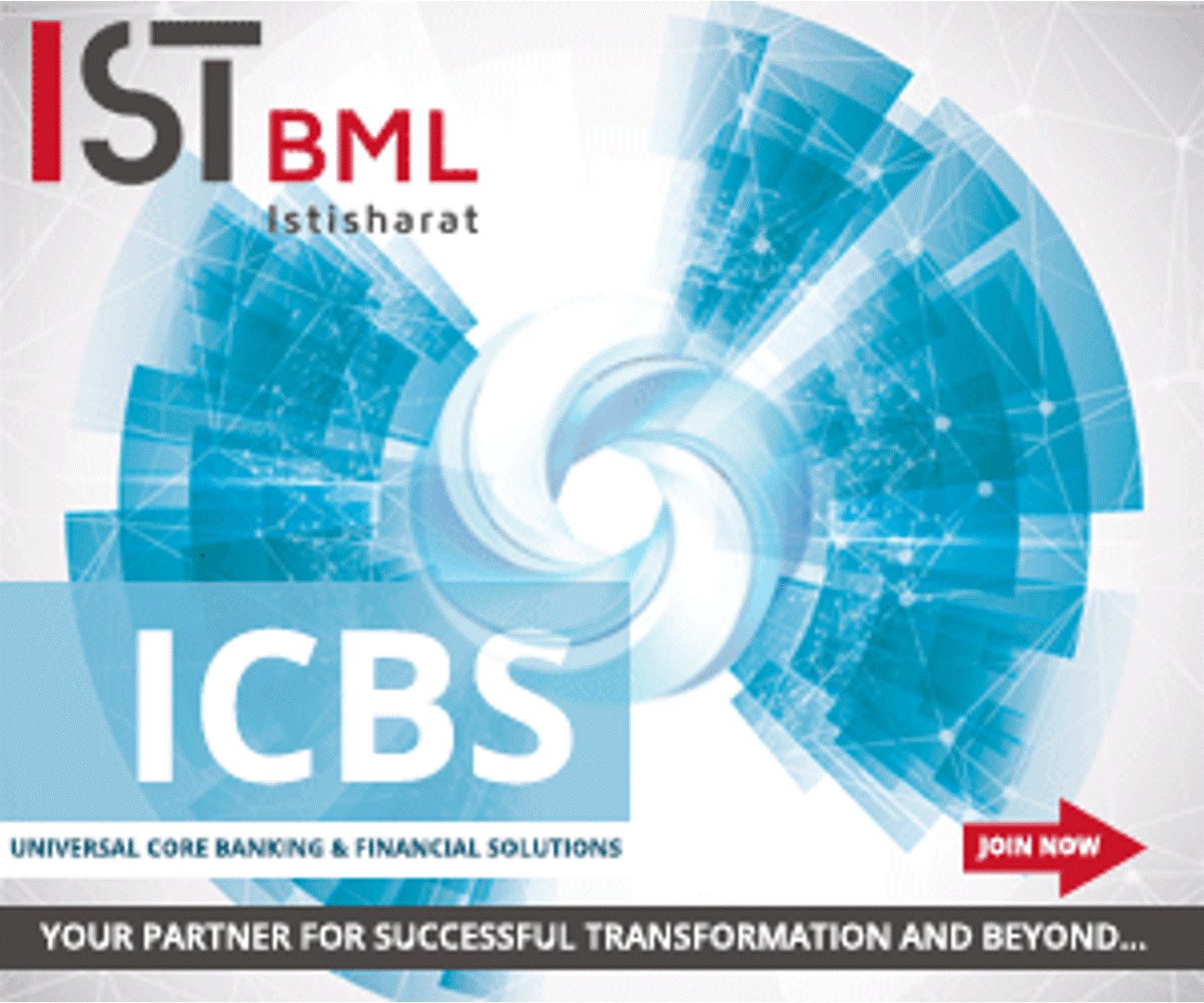 Back
Back
What makes India such a hub for remittances?
By Puja Sharma
To benefit disproportionately over the medium term, the government and RBI orchestrate NRI deposit schemes directed to a select group of overseas Indians, according to the report by Axis AMC “Thinking Aloud Note – NRI Remittances.
Indians residing overseas and their strong domestic roots have ensured regular remittances back home to support their families and invest in India’s growth. Emigrants from India form an integral part of the global workforce. In addition to being well educated, proficient in English, and adaptable, Indians are ideal candidates for employment worldwide. This workforce remits significant sums back home as a result of strong familial bonds.
These investors are extremely sensitive to forex rates and hence demand such a premium for their foreign currency investments NRI Remittances – The Economy’s friend Determinants of Remittances During times of turmoil The RBI has tapped NRI flows via targeted bond schemes which have proved useful in shoring up FX reserves and help deal with any decline in the domestic currency. The resulting flows help alleviate near-term pressures on the external balance sheet.

Remittance trends are based on macroeconomic conditions in the home countries and the ability of the Indian diaspora to capture such economic upside. This depends on the social strata of Indian migrants and the job profiles they occupy within local economies. Flows from North America and Europe are primarily driven by individuals operating in the service sector and hence depend on the macroeconomic conditions of the underlying countries. In normal conditions, A good economic climate drives higher remittance numbers while a weak environment crimps remittance flows
The popular perception is that a major chunk of India’s NRI population hail from Kerala. This is partly true with Kerala being a traditional beneficiary of remittance inflows (10% of GSDP in 2017), but this is likely to change. As per indications from a recent RBI study, nearly 50% of emigration cleared by the Ministry of External Affairs in 2020 was from Northern states like Uttar Pradesh, Orissa, Bihar, and West Bengal. This is reportedly due to the narrowing of wage differentials between the Gulf and Southern states.
The role of remittances in GSDP is already falling in states like Kerala (7.5% as of FY21) and Karnataka, whereas it is rising in Northern states. A significant rise in remittance % of GSDP in Maharashtra and Delhi could be supported to families given the severe Covid impact and the GSDP itself falling drastically during FY21.
The recent strength of the USD against a host of global currencies has also impacted the Indian currency with the INR losing ~ 7.5% against the USD YTD. Though there has been no intervention by the government or the central bank in raising deposits from overseas, banks have stepped up campaigns to attract dollar assets with attractive interest rates.
Due to these shifts, the RBI FY21 survey notes a fall in the average value of remittances. The other trend that is noticed is the rising prominence of North America in remittance inflows. The US is now the largest individual country source of remittances (23.4% of total) overtaking the UAE at 18%. This is possibly driving a shift in remittance share from public sector banks to private sector banks (53% market share) and foreign banks operating in India.
IBSi FinTech Journal

- Most trusted FinTech journal since 1991
- Digital monthly issue
- 60+ pages of research, analysis, interviews, opinions, and rankings
- Global coverage
Other Related News
Related Reports

Sales League Table Report 2025
Know More
Global Digital Banking Vendor & Landscape Report Q2 2025
Know More
NextGen WealthTech: The Trends To Shape The Future Q4 2023
Know More
Intelligent Document Processing in Financial Services Q2 2025
Know More



